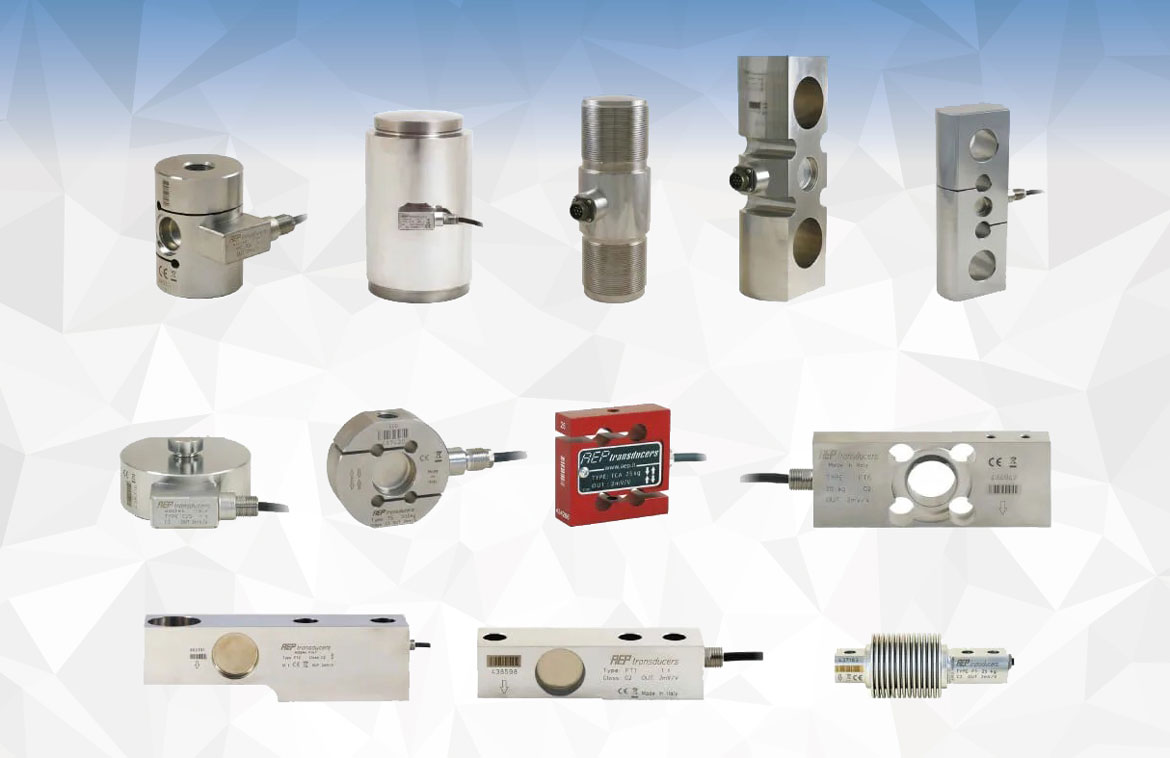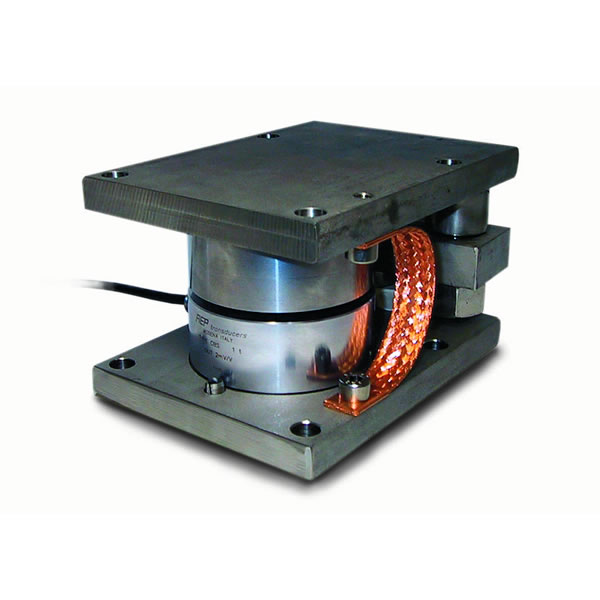The different types of load cells

10
Nov 20The different types of load cells
- 10 November 2020
- Redazione_AEP
- bending load compression load cells double-cut load cells electronic load cells hydraulic load cells load cells traction load cells
Load cells are a necessary tool for those who want to optimise their weighing systems. They are especially important in the industrial sector, where maximum precision and also easier weighing practice must always be guaranteed. They are also very useful in the field of mechanics.
In particular, these instruments are equipped with a strain gauge, a special element capable of understanding the flow rate and the maximum measurable value. Load cells are useful for detecting the possible presence of a mechanical deformation in an object. Let’s go to know some more details about these functional and interesting instruments.
How do load cells work?
As far as the operation of the load cells is concerned, you must bear in mind that these instruments emit a special signal proportional to the weight loaded. This signal is then translated into a real numerical value, made visible directly on a display.
The different types of device
There are many types of load cells available on the market, but the most popular are the electronic ones. However, you can also opt for hydraulic cells, which are perfect in many situations and industrial contexts. Compression cells are the most widely used in the industrial sector, due to their high ease of installation. It is important, however, to bear in mind that this type of cell is not particularly suitable for non-stable loads. The same applies to tension load cells, which are used in all those cases where the load is suspended and/or of large dimensions. There are also double shear cells, considered the most reliable for those who need an instrument capable of guaranteeing greater staticity and precision.
 Other types of load cells
Other types of load cells
For those who need a high level of pressure in small loads, the right choice is the bending load cell. Pivot load cells, on the other hand, are more useful for accurately measuring the lifting force, where you may not have a support.
Finally, there are two other types of load cells. One equipped with off-center weighing, which guarantees precise weight even when the load is not located in the centre, and a universal one. The latter is ideal on all those occasions when it is necessary to measure forces in the opposite direction and ensures precise measurement throughout the entire process.
Our load cells
The load cells are part of the instruments and devices that you will find in our catalogue. In fact, we at AEP transducers have been involved in the production of these devices for years. We do this by guaranteeing the production of products that all meet the requirements of the OIML R60 (International Organization of Legal Metrology) standard. This standard establishes all the tests (temperature, humidity, barometric pressure, etc.) that the product must pass in order to fall within certain accuracy classes, such as C2, C3, C4 and more.
To guarantee these requirements to our customers, we have developed automatic direct weight machines, accredited by ACCREDIA in 1996, which are useful for model verification according to this standard. Our load cells are constantly checked during series production in order to guarantee precision and quality, but also continuous product improvement.
 Other types of load cells
Other types of load cells

